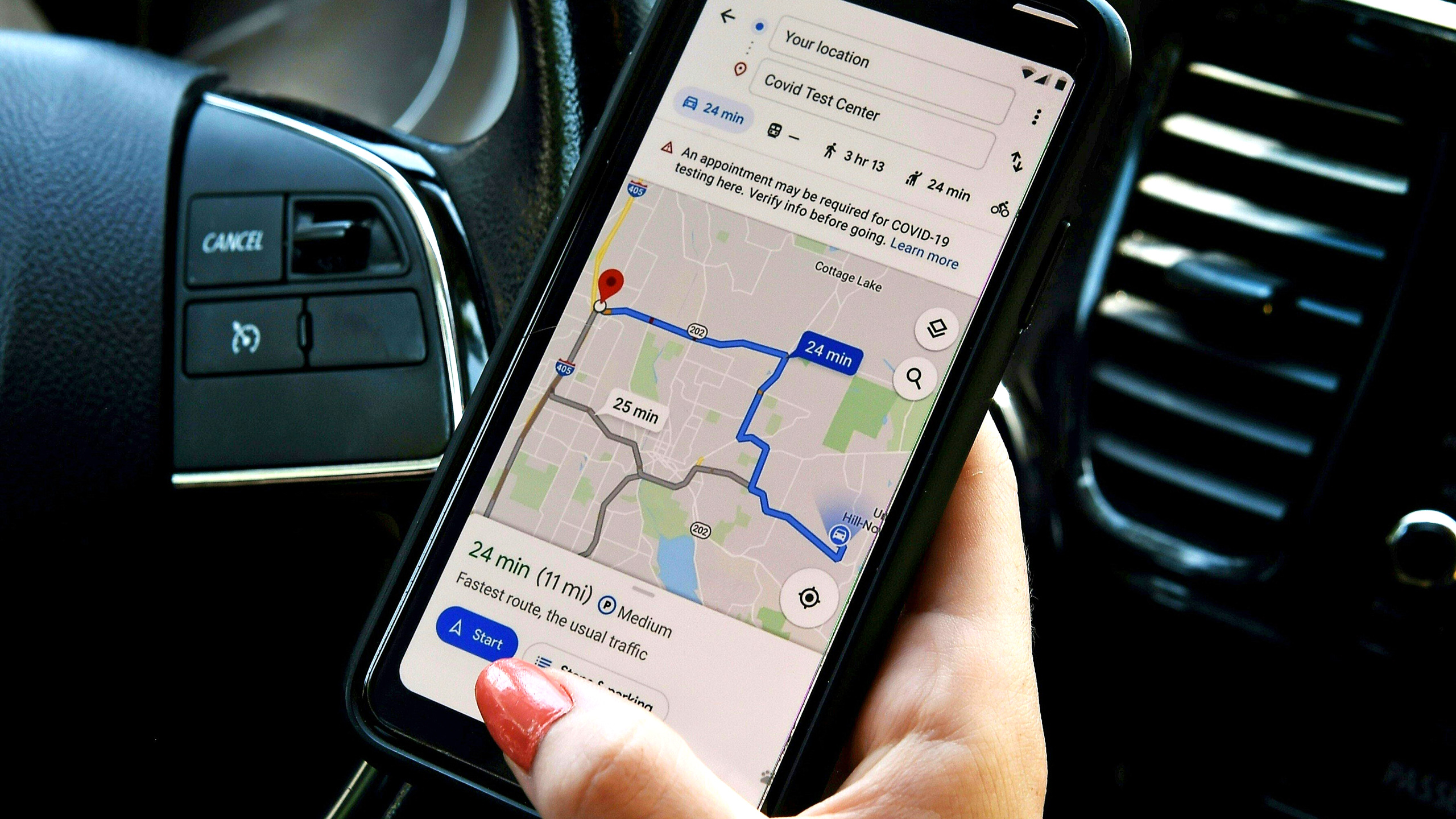Google Maps could get another big Waze feature — but why?
Google Maps looks set to steal a feature from Waze, but why does Google still offer both?

Update: Google Maps has finally added toll pricing in key regions — here's what you need to know
Google Maps and Waze are incredibly similar, but also significantly different — even with Google slowly stealing missing features from Waze. This time Google Maps is set to steal Waze’s toll feature, showing you exactly how much it’s going to cost you to drive on certain routes.
As simple as it seems, this is a very useful feature. But it is just another example of how disparity exists between Google Maps and Waze, when it really doesn’t need to. After all, they have been run by the same company for nearly a decade.
- Google Pixel 6 leak just tipped much faster wireless charging
- 5 things OnePlus 10 needs to beat Samsung Galaxy S22
- Plus: Google Pixel 6 release date now tipped for October
Google Maps has been telling people about tolls on their route for quite some time now, but the service never actually told people how much those tolls cost. That was all up to you to figure out by yourself. Waze, meanwhile, has been doing that since 2019, and meant Google’s other mapping service had a small advantage when it came to driving in certain regions.
According to Android Police this feature isn’t in the public version of Google Maps yet, and isn’t even in the preview program. Instead Google has been asking preview users how they’d like toll prices to be implemented, suggesting that it’s one of the next features coming to Google Maps. That’s going to make calculating the cost of your journeys significantly easier to work out ahead of time.
Though this feature isn’t likely to roll out to every single location at the same time. Google needs time to collect the toll data, especially in countries like the United States where toll roads are fairly common. So expect this feature to only be available in a few areas before it starts rolling out to the rest of the world.
Why does Google have Maps and Waze?
Though this prospective update obviously raises the question as to why Google operates two different mapping services at the same time. It’s not as though Google Maps gets priority leaving Waze to be neglected, since Waze does get plenty of support and updates. It’s pretty weird right?
Get instant access to breaking news, the hottest reviews, great deals and helpful tips.
Of course, despite being owned by the same company and having a lot of crossover, Google Maps and Waze are very different services. Google Maps is what you’d call the more ‘professional’ of the two, and is more data driven of the two services — though it also uses the location of its active users to estimate traffic and how busy certain locations are.
Meanwhile Waze gets most of its data from crowdsourcing, relying on its users to submit information to help keep the map up to date. It doesn’t actually have any historical datasets to fall back on like Google Maps, so it’s only as good as the people using it. Waze is also able to use real-time user location data to gauge how bad traffic is, but the lack of historical context means it’s only as good as the number of active users on the road.
Google Maps is also more multi-purpose, with features that do more than just get you where you need to go. Likewise it has support for navigation without a car, offering directions for pedestrians, public transport, and cycling.
However Waze is a lot more gamified and employs a cartoonish art style. The app also has something Google Maps does not: a more aggressive way of rerouting traffic to optimize travel time. While Google Maps can and will offer to redirect drivers based on current conditions, especially on longer journeys, Waze does it automatically and without caring about how random the route might look.
In other words, while Google Maps will look for the most direct route to your destination, Waze will send you down any number of random looking side streets to get you there as quickly as possible. Even if it only shaves a couple of minutes off your ETA. It’s the major thing Waze has that Google Maps doesn’t, and it’s part of the reason why people like using it so much.
But that doesn’t really explain why Google keeps both services operational. In fact, wouldn’t it be easier just to add a ‘Waze’ mode to Google Maps, for people who want to continue navigating with Waze’s own brand of traffic-busting navigation? It certainly feels like Waze could benefit from Google Maps’ masses of historical data, and blending the two services could be one way to make that happen.
It’s not happened yet, and it isn’t likely to happen anytime soon. But in the meantime it means that Google Maps and Waze are only going to get more similar, with features crossing over between the two.

Tom is the Tom's Guide's UK Phones Editor, tackling the latest smartphone news and vocally expressing his opinions about upcoming features or changes. It's long way from his days as editor of Gizmodo UK, when pretty much everything was on the table. He’s usually found trying to squeeze another giant Lego set onto the shelf, draining very large cups of coffee, or complaining about how terrible his Smart TV is.
